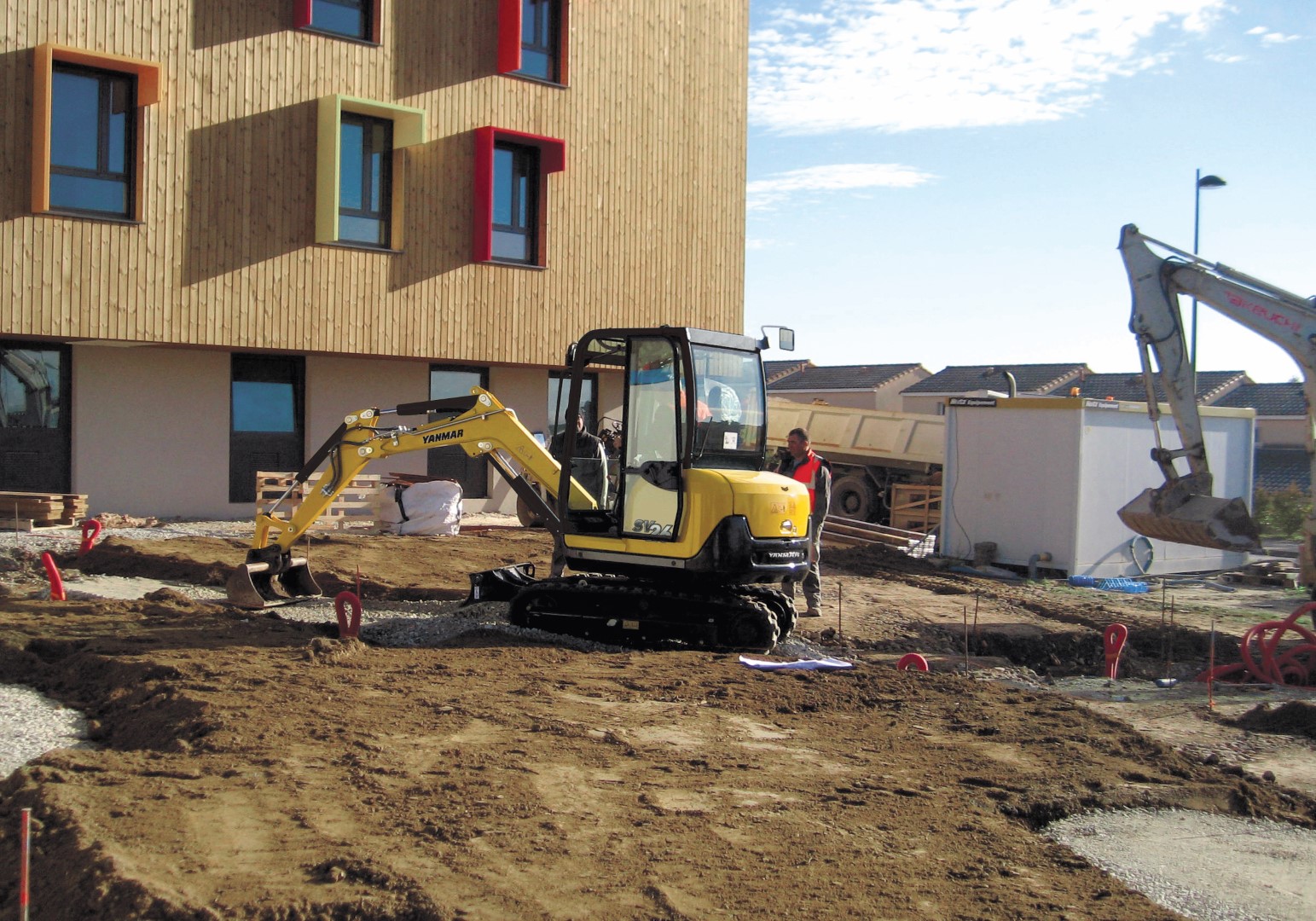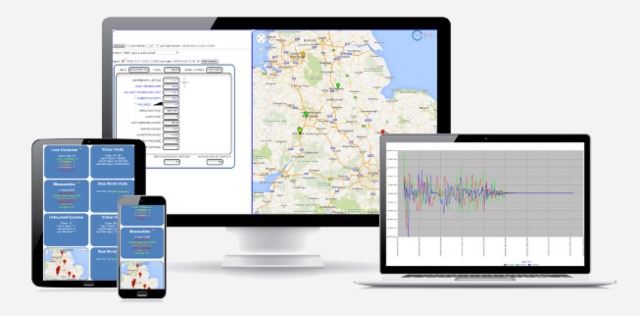Equipment theft is constantly in the news even until today, and quite a number of businesses all over the world are being affected, some several times over. In fact, according to a Twitter poll started by M&P Survey Equipment, 88 percent of the responses affirmed that equipment theft is still indeed a big concern for the respondents’ respective companies.
Earlier this year, burglars stole a backhoe and used it to smash into Landings Restaurant in Portugal Cove–St. Philip’s and swipe its ATM. That already marked the fifth time so far this year that heavy equipment has been used in thefts in the area. Another person has been arrested for stealing an S160 Bobcat brand skid steer loader in Moniteau County. In July, a Coleman Township man was charged with stealing a skid steer from a Firstbrook Line Road address in Temiskaming Shores. These are only a few among the many cases of equipment theft this year.
For business owners around the world, equipment theft continues to be a major issue. Because sites are usually left unattended and anyone can get in and out while pretending to be one of the foremen, thieves find stealing equipment a low-risk yet high-value job. It is even easier to sell stolen equipment to unsuspecting buyers due to unavailability of titles and registrations consolidated in one database.
Scroll down for the video

MTS Plant
The Trend of Asset Tracking Technology Today
According to the 2016 Annual Theft Report by the NER, equipment theft is more rampant in states where there’s a record-high volume of construction and therefore have the most machinery, particularly Texas and North Carolina. It was found that most stolen equipment are loaders (skid steer, backhoe, and wheel loader) and tractors. Interestingly, the report points out that the larger the equipment, the greater risk of it being stolen while remaining unnoticeable to those in charge of managing them. The report further shows that thieves choose high-value equipment from well-known manufacturers like Cat, Toro, Kubota, John Deere, Bobcat, and others.
In 2017, data from the LoJack Corporation Study on Construction Equipment Theft reveals that the type of heavy equipment stolen were loaders (26%): backhoes, skid steers, tracked, and wheeled. Not far behind are towables (20%) comprising of air compressors, chippers, generators, light towers, and welders predominantly. While excavators ranked third on the list, the newly included category of trailers and RVs was not far behind. California and Texas continue to be the top states where theft is common.
How Asset Tracking Systems Prevent Equipment Theft
To keep up with the growing demands of equipment theft protection, many companies like Trackimo have developed GPS tracking devices. Trackimo is a world leader in GPS tracking technology. Trackimo’s GPS trackers are currently sold in partnership with Vodafone, other world-leading cellular providers, and high-end world-leading field equipment manufacturers.
Integrating GPS to ensure equipment safety has significantly become a trend over the years as it economizes operations. As a matter of fact, the 2018 Club Cargo Theft Report done by the BSI and TT Club concludes that the use of GPS tracking devices in the vehicle/trailer, as well as the use of covert GPS tracking devices within the cargo, are important protocols which should be followed to help prevent theft.
Various types of equipment across industries benefit from asset tracking technology. These include
- expensive field equipment,
- expensive testing equipment
- fusion fiber splicers,
- construction site equipment,
- expensive film production equipment,
- mobile generators,
- oil and gas company field equipment,
- Bobcat and small tractors, and many more.
Here are the benefits of incorporating a GPS tracking system as a solution to equipment theft.
Economized operations
Employing more security personnel to guard job sites can be very costly, which is why most small to medium enterprises avoid hiring a lot, but they also often end up not hiring enough to keep the place safe. Surveillance cameras, besides being expensive, are not enough to eradicate the possibility of equipment getting stolen. So to solve the problem, businesses turn to GPS trackers. Each tracker has an estimated value of $140. Say, a job site has 100 heavy equipment to monitor. The average annual cost is expected to be around $14,000 only. This is way lower than having to spend $26,400 annually on each guard, making GPS tracking devices a more efficient solution to equipment theft.

captiondata.com
Whole-day monitoring
More than anything, GPS tracking devices can work 24 hours a day, 7 days a week. You can have a GPS tracker installed into vehicles so the device gets power from the vehicle’s own electrical system. This means there is no need to recharge it when batteries run low. This only requires a quick, simple installation. If you are one of those people who are not comfortable with basic automotive work, you could have the GPS tracker installed and hardwired by professionals, but you can do it yourself if you have the skills.
Before GPS trackers, monitoring equipment has never been as easy as a simple press of a button. By attaching one tracker to each instrument or tool, business owners are made aware of the equipment’s real-time location and condition. Anyone who has access to the tracker and the data it gathers will know the subject’s whereabouts even when they’re far from the workplace. Bosses will know if the equipment aren’t where they should be and can call asset managers to inquire about it.
Worldwide coverage
When an equipment is in transit, there’s a possibility that the transporting vehicle will enter a gray area where there is very limited cellular service. In this case, it will be very difficult to communicate with the drivers and foremen. Situations like this are the perfect opportunity for thieves to attack and steal whatever they can get. But with GPS tracking devices like Trackimo, location tracking remains convenient and accessible anytime, anywhere, as long as GSM cellular reception exists, ensuring that the equipment never go off the radar.
Inventory tracking
Usually, businesses fail to report missing equipment because most of the time, they don’t even know it was missing in the first place. This is a fact laid out on the NER’s report. It’s only when they actually need the equipment that they notice it has been gone for quite a while. Because of this lack of record keeping, equipment theft is one of the most common problems at job sites that do not perform daily inventory.
With GPS tracking, inventory management becomes ten times easier. By incorporating the tracking system into your day-to-day operations, locating your assets, especially the tangible ones, will not be as time-consuming and physically exhausting as it once was.
Alert system
The purposes GPS tracking systems serve are not limited to tracking and monitoring. Most devices also come with an alert system. On a programmed software or mobile application, business owners can set no-go areas (geofences), so when a bulldozer, loader, or any equipment approaches or exits the area, it will trigger an alert. This is a preventive measure for equipment theft. To ensure you are getting the most out of tracking, get yourself a device that will issue instant alerts if the device exits a safe zone, moves beyond schedule, changes location, or breaches speed limits.
A Final Word
With big bucks attached to every piece of equipment, it is necessary for every business owner to come up with effective ways to protect assets. In the event of a loss, replacement is just the beginning of the dilemma. Business owners can only hope their insurance covers the loss. Apart from that, there’s also the time spent on the rigorous process of filing police reports and insurance claims.
GPS tracking systems are here to save you from having to go through all that. Just attach monitoring devices to your assets, and technology will do the rest.